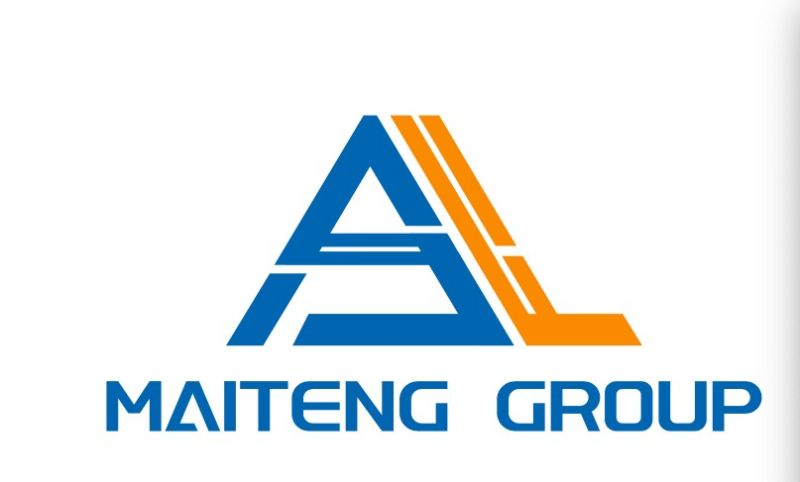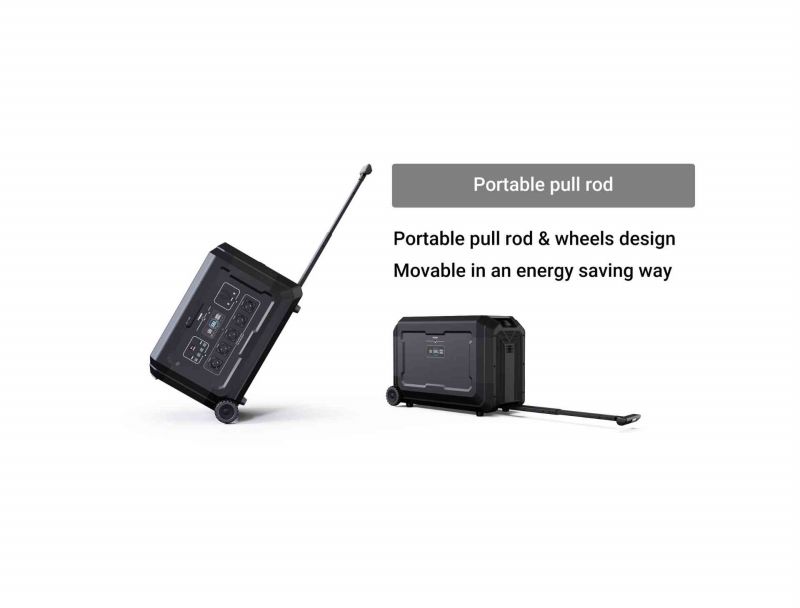Can a solar generator power a house
Solar generators work in conjunction with solar panels to provide backup power to your home during power outages and more. With solar energy accounting for 39% of the total new electricity generation in the United States, the importance of solar generators cannot be underestimated. Solar generators are very useful and versatile devices. They take solar energy and convert it directly into energy that you can use in your home. They’re a convenient way to keep your much-needed devices and appliances running during a power outage or similar emergency.
Types of Solar Generators
Generators are in great need in areas with frequent power outages. In residential settings, there are two main types of solar generators.
Portable Solar Generator
As the name suggests, you can use these generators anytime, anywhere. They are ideal for RVs, cabins, cars, homes and boats. You can even use them on camping trips.
The solar panel charges the battery of theportable solar generator. However, you may run into some issues.
The power capacity of portable solar generators may not be enough to power heavy equipment. Also, it may not be able to power multiple devices at the same time.
Portable generators remain a popular option because they are affordable, low maintenance, and don’t emit CO2 or noise.
Solar Backup Generator
Solar Energy Storage These generators are designed to provide backup power in the event of a grid failure. A backup generator is an excellent alternative to installing a full solar panel system.
They are powerful enough to turn on lights, computers, TVs, and other small to medium appliances.
These backup generators typically take about 48 hours to fully charge. The charging speed will depend on the amount of sunlight the generator system receives and the size of the solar panels.
Due to their weight, moving solar backup generators is not easy. While they are large enough to power large properties, they are also quite expensive.
Components of a solar generator
Let’s discuss the different components of a solar generator.
Solar panels
Solar panels contain crystalline conductors that generate electricity when they come into contact with the sun’s rays. In terms of generators, their role is to charge the batteries of the solar generator.
Depending on the size of your solar panel system, you will be able to charge your solar battery in a matter of hours.
Charge controller
A solar charge controller regulates the energy transferred from the solar panel to the battery to prevent overcharging.
Charge controllers often have a load input that enables you to add light equipment to the controller.
It balances the solar cell energy with the load, and if the battery is very low, it automatically cuts off the load.
Inverter
An inverter is essentially a conversion device that converts direct current into alternating current.
Solar panels, batteries, and charge controllers all generate direct current (DC) electricity. However, most household appliances operate on AC power. Therefore, you need an inverter to convert electricity.
Battery
Batteries simply store energy. We encounter batteries every day, from our phones to our laptops to our cars.
Most solar generators use strong and reliable lithium-ion batteries. These batteries can keep portable devices running for a long time, even a full day.
How much power can a portable solar panel generate?
Portable solar panels come with a rating for the maximum power they can generate per hour. If you buy a 100-watt panel, it can convert sunlight into 100 watts of electricity for every hour it is exposed to peak sunlight.
Portable solar pannel power ratings vary by manufacturer and model. For example, the SOUOP Portable Solar Panel is available in 100 watts and 220 watts, depending on which model you buy. Under ideal conditions, each panel can produce its rated power per hour when exposed to direct sunlight.
You can calculate the power output under ideal conditions using the following simple formula:
PV panel wattage x peak sunshine hours = energy output in watt-hours
However, some factors affect actual production.
For one, the energy you get with solar panels can’t float in space. You need to connect the solar panels to batteries and a balancing system, including inverters and charge controllers, to convert, manage and store the electricity generated by the solar panels.
The combined power output you receive from your solar panels—along with your portable power station’s maximum solar charging capacity—determines how quickly and efficiently you can charge off-grid or outdoors.
Compatibility is also important. If you try to connect a 220W panel to a 600W portable solar generator with a maximum solar charging input of 110W, you run the risk of causing an electrical overload.
If you’re using a portable solar panel with a compatible power station, the battery will run while it’s charging or recharging, and store any extra power output by the panel for when you’re ready.
The actual output you receive from your portable solar panels will depend on the angle at which they are facing the sun, any obstructions, and other factors that may prevent the sun’s rays from reaching the panels. During periods when the sun is not directly hitting the panels, they produce less power.
However, even on cloudy or rainy days, portable solar panels can collect ambient light and convert it into electricity.
How do you use a solar generator at home?
You don’t need to do anything extreme to use your solar generator effectively. That’s part of the appeal. It doesn’t require much maintenance as long as you leave the device in the sun to fully charge and connect it properly via the appropriate transfer switch.
Two key areas you need to pay attention to are how to charge them efficiently and maintain them without causing any damage. Follow the steps below:
How to Charge a Solar Generator
One of the biggest attractions of solar generators is that you can charge them simply by harnessing the sun’s energy. Considering our daily exposure to sunlight, this is a huge bonus! Just make sure to place your generator correctly to get the most out of your solar energy. Many solar generators will come with panels that absorb solar energy, so make sure to place the unit in as much sunlight as possible.
To maximize the amount of energy you can receive from your solar generator, you should aim to expose your solar panels to sunlight for 6 to 8 hours per day. Certain generators have specific input rates that you need to be aware of. Otherwise, you could end up damaging them.
Also, some generators have dual charging capabilities, which can be very useful. This means you can charge it from a wall (or even car battery) outlet and from the sun. The dual charging function greatly increases the charging speed and makes your solar generator more efficient.
How Solar Generators Work
Solar generators work a lot like batteries—they charge and discharge based on the power available.
Solar panels are the main source of charging for solar generators. The panels convert sunlight into direct current, which then passes through a charge controller.
A controller regulates the voltage in the solar cell. Energy is retained in battery storage until eventually used.
When energy is needed, an inverter converts DC power to AC power for electrical equipment to use.
Solar panels aren’t the only way to charge your generator, as most solar generators offer the option to connect to the grid or allow charging through your car’s DC outlet. However, you will get the fastest results with a network of solar panels.
How to Maintain Your Solar Generator
In addition to properly charging your solar generator, you also need to know how to maintain it. If you don’t store it in the correct condition, you can damage it before you can even put it to any meaningful use. Listed below are some of our key criteria to keep your generator as healthy as possible.
- Charging: You should always keep the generator between 50-70% of its full charge. Additionally, we recommend fully discharging and recharging your generator every six months to keep it in top condition.
- Cleanliness: Despite providing clean energy, generators can still get dirty. In most cases, all you need to do is clean the alternator with a non-abrasive cloth. Do not use water or harsh chemicals as this may damage it.
- Ventilation: Even solar generators can get hot at times, so make sure to place the unit in a well-ventilated location. While it can run on solar power, it will last longer if you avoid overheating it.
- Environment: While you should place your solar generator (or its panels) outside in order to absorb the most energy, ideally it should only be exposed to sunlight. Rain and wet conditions can cause damage or shorten the life of the generator. After all, it is still an electrical product.
- Safety: You should also keep the generator away from flammable or combustible materials. Solar generators can produce amazing amounts of power; although they are safe, it is best to minimize the risk as much as possible.
In conclusion
So now that I’ve told you everything you need to know about using a solar generator to power your home, you should be able to figure out exactly what you need to build or buy your own kit.
If you’re uncomfortable with wiring your own kit, please send us a message and we’ll be happy to answer.
 MaiTeng Group Co., Ltd
MaiTeng Group Co., Ltd

